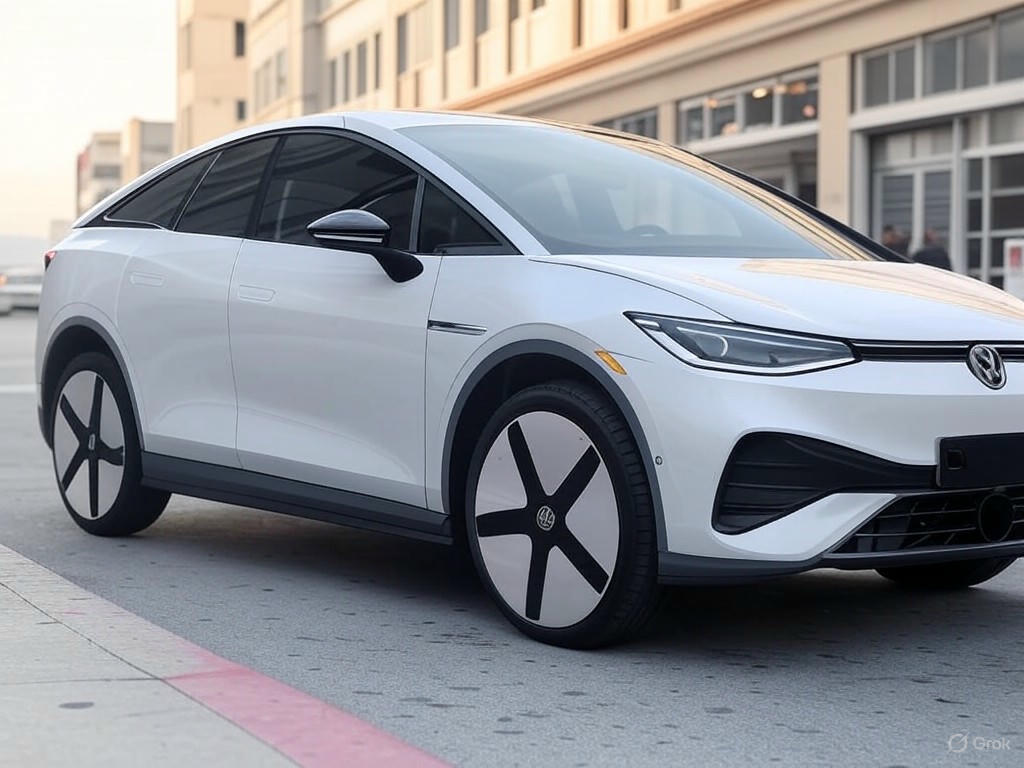Volkswagen Accelerates into the Future with Robotaxi Fleet for Uber
In a bold move to carve out a significant share of the rapidly expanding autonomous ride-hailing market, Volkswagen has revealed its latest innovation: a cutting-edge robotaxi designed specifically for urban fleets. The German automaker recently announced a partnership with Uber to integrate these self-driving vehicles into the ride-sharing giant’s Los Angeles operations. With the first batch of 500 robotaxis set to hit the streets as early as next year, Volkswagen is positioning itself as a formidable player in a sector projected to surpass $500 billion by 2035.
The autonomous ride-hailing industry has long been dominated by tech giants and specialized startups, but Volkswagen’s entry signals a shift as traditional automakers leverage their manufacturing prowess and engineering expertise to compete. The company’s robotaxi is equipped with state-of-the-art sensors, advanced AI algorithms, and a sleek, passenger-focused design tailored for the demands of urban mobility. Unlike conventional vehicles, these robotaxis prioritize space and comfort for riders, with features like modular seating and integrated digital interfaces for a seamless travel experience. Volkswagen’s commitment to sustainability is also evident, as the fleet will be fully electric, aligning with global efforts to reduce carbon emissions in transportation.
This partnership with Uber is a strategic step for Volkswagen, allowing the automaker to test and refine its autonomous technology in real-world conditions. Los Angeles, with its sprawling urban landscape and heavy reliance on ride-sharing services, serves as an ideal proving ground. The initial rollout of 500 vehicles next year is just the beginning, as Volkswagen plans to scale production and expand to other major cities in the coming years. Industry analysts believe this move could disrupt the market, challenging established players who have invested heavily in self-driving tech. Volkswagen’s ability to produce vehicles at scale could give it a cost advantage, potentially driving down fares for consumers while maintaining profitability.
Beyond the immediate impact on ride-hailing, Volkswagen’s robotaxi initiative reflects a broader transformation in the automotive industry. As personal car ownership declines in urban centers, automakers are pivoting toward mobility-as-a-service models, where fleets of autonomous vehicles provide on-demand transportation. This shift not only redefines how people move through cities but also opens up new revenue streams for companies like Volkswagen. By partnering with a leader like Uber, the automaker gains valuable data and insights that could inform future innovations, from improved AI systems to enhanced vehicle designs.
As Volkswagen steers into this uncharted territory, the road ahead is filled with both opportunity and uncertainty. Regulatory hurdles, public acceptance of autonomous vehicles, and competition from tech-driven rivals remain significant challenges. Yet, with its ambitious timeline and strategic alliances, Volkswagen is signaling its determination to not just participate in the future of mobility but to shape it. The streets of Los Angeles will soon bear witness to this automotive evolution, as the first robotaxis roll out, promising a glimpse into a world where transportation is smarter, greener, and more accessible.


